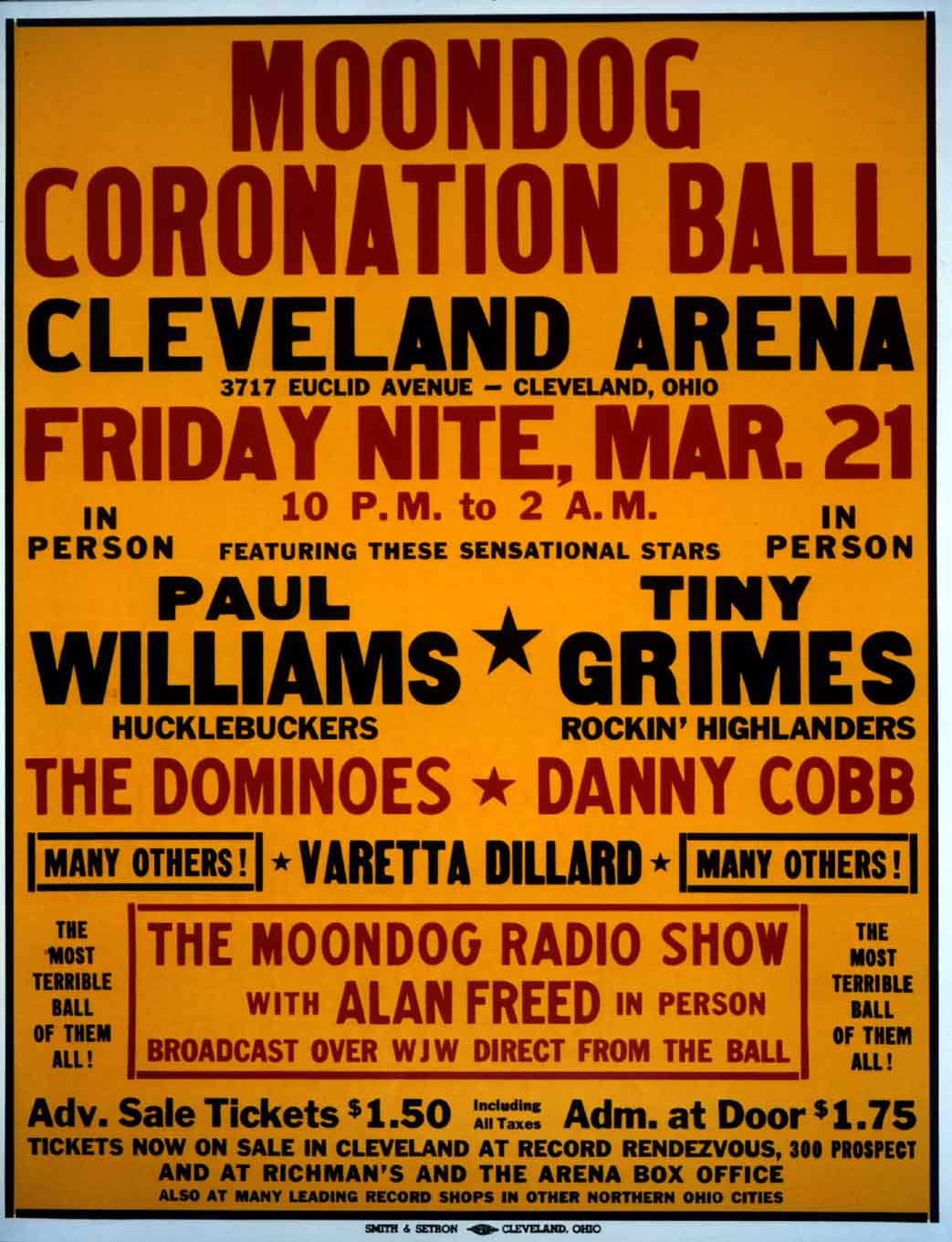Christianity often manifests in popular culture through celebrations like Christmas and Easter, or icons like lambs and fish. Less often do you see it associated with vials of blood and disembodied heads. Yet as the new Hochelaga video above reveals, the most famed Christian artifacts do tend toward the gruesome. Take one particularly renowned example, the Shroud of Turin: hear the name, and you imagine a cloth bearing the image of Jesus Christ. But think about it a moment, and you remember that it’s the bloodstained wrapping of a crucified body — that is, if the tales told about it are true in the first place.
As with any religious relics, you have to decide for yourself what to believe about all of these. If you pay a visit to the Basilica of St. Anthony in Padua, you’ll see on display the preserved jaw of that holy figure — which does, at least, look like a real human jaw. In southeastern France, at the basilica of Saint-Maximin-la-Sainte-Baume, you’ll find a skull purported to be that of Mary Magdalene.
And we certainly can’t rule out that it really is, speculative though the evidence may be. The situation grows somewhat more complicated with the head of John the Baptist — or rather, the heads of John the Baptist, four of which have been claimed in different places so far.
“During the Middle Ages, relics were in high demand, and there were always people willing to supply them,” explains Hochelaga creator Tommie Trelawny. “It’s often joked that, if you gathered all the alleged fragments of the true cross, you’d have enough wood to build a small forest.” Even the Shroud of Turin has come under unforgiving scrutiny. Radiocarbon dating has placed it in the mid-fourteenth century, implying a forgery, but more recent X‑ray tests suggest that its linen was made in the first century, between the years 55 and 74: close enough to what we understand as the time of Jesus’ burial. Debates over the authenticity of all these artifacts will continue for centuries — and quite possibly millennia — to come, but their powerful embodiment of both “the deeply disturbing and the hauntingly beautiful” won’t fade away any time soon.
Related content:
How Our Depiction of Jesus Changed Over 2,000 Years and What He May Have Actually Looked Like
The British Museum is Full of Looted Artifacts
Europe’s Oldest Intact Book Was Preserved and Found in the Coffin of a Saint
Did Psychedelic Mushrooms Appear in Medieval Christian Art?: A Video Essay
Based in Seoul, Colin Marshall writes and broadcasts on cities, language, and culture. His projects include the Substack newsletter Books on Cities and the book The Stateless City: a Walk through 21st-Century Los Angeles. Follow him on the social network formerly known as Twitter at @colinmarshall.




